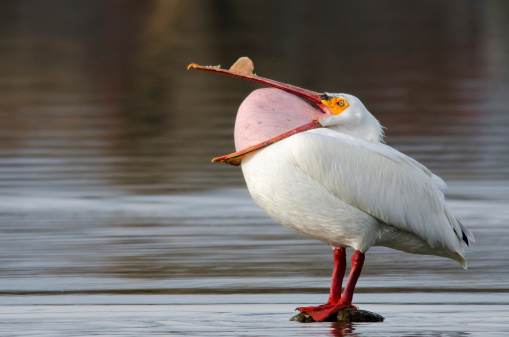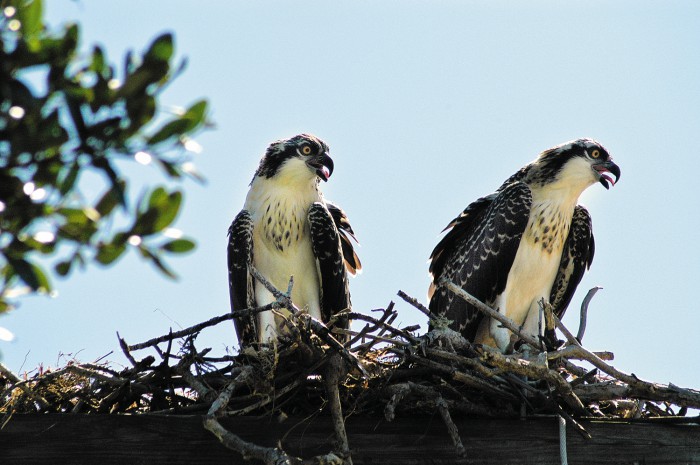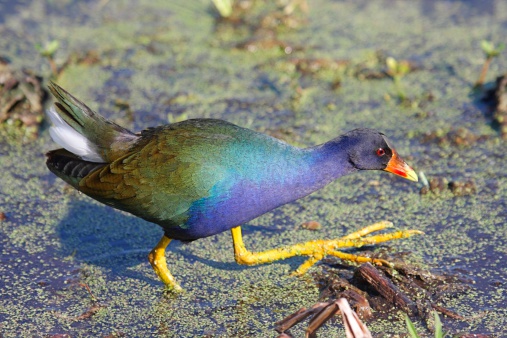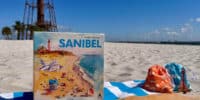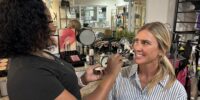Six Birds to Spot in Sanibel
Sanibel Island is known for its beautiful migratory bird population. In fact, there are over 245 birds recognized for being in Sanibel at all different times of the year. Some species are fairly common, while others are very rare. Every bird is special in its own way, but we are excited to tell you about our favorite birds that you can spot around Sanibel!
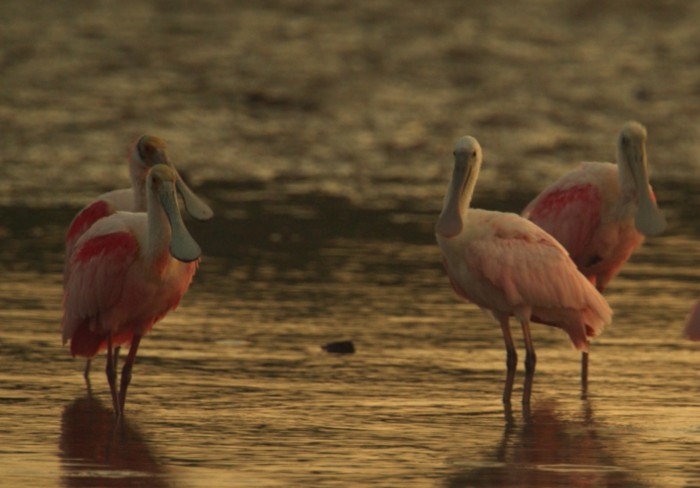
Roseate Spoonbills
A cousin to the Greater Flamingo, the Roseate Spoonbill is known for its Rosy Pink coloring. This bird gets its name because of its long, flat bill resembling a spoon. These birds have a bald head and long reddish legs. They can be found year-round in Sanibel, but are most often found in the summer and fall months inhabiting marshes, swamps, ponds, and rivers. They enjoy feeding in both freshwater and saltwater. Spoonbills eat small fish, frogs, and plant materials. They use their long bills to swing back and forth in the water and once they feel prey, they snap their bills shut. At one time, the Roseate Spoonbill was on its way to extinction, but luckily precautions have been taken and now over 1,000 pairs reside in Florida alone.
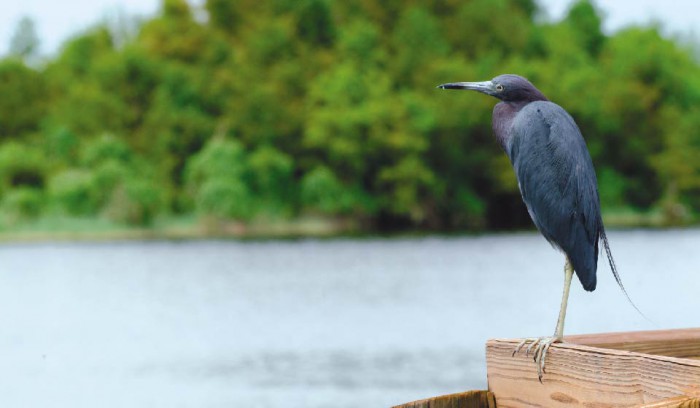
Egrets & Herons
A common question asked by amateur bird watchers is if there is a difference between Herons and Egrets. Don’t worry, we have the answer! An Egret is a subcategory for Herons, so there really isn’t any difference between the two. In Sanibel, there are 4 different types of Egrets. The Great Egret and Snowy Egret are the most common year-round. The Reddish Egret and Cattle Egret are still found year-round but are not as abundant as the other two.
As far as Herons go, there are 6 different types of Herons in Sanibel and all are fairly common. While bird watching in the area, you can expect to spot a Great Blue Heron, a Little Blue Heron, a Tricolored Heron, a Green-backed Heron, a Black-crowned Night Heron, and a Yellow-crowned Night Heron.
Our favorite of all the species is the Reddish Egret because of its unique coloring. The Reddish Egret inhabits saltwater marshes and lagoons. This egret is the rarest of all the Herons and Egrets. It has blue legs and a pink bill with a dark black tip, which stands out from its auburn colored neck and slate-colored body. This bird can also be seen with an all-white body with the same blue legs and pink bill. This egret has its own hunting style, which is referred to as its “dance” and can often be seen running and spinning around after prey. This bird is not considered endangered, but it is on the “species of special concern” list. With a global population of 67,500, this bird is a rare sight for most places, but Sanibel seems to have caught this bird’s eye.
Pelicans
Sanibel is home to two different Pelican species. The Brown Pelican can be found year-round, while the American White Pelican is much more elusive and can usually be found in the winter months. The Brown Pelicans have oversized bills and a throat that stretches to scoop up fish. They first stun their prey by crashing into the water at full force. The larger American White Pelicans, however, fish much more gracefully from the water’s surface. They have a large bill and expanding throat like the Brown Pelican, but the White Pelican also has a horn on the tip of its bill during mating season. There are about 60 colonies of American White Pelicans and they can travel great distances. They are known as one of the heaviest flying birds and have duck-like habits. The Pelican Species is very unique and is a great species to study while enjoying your stay on Sanibel Island.
Ospreys
As a member of the hawk family, Ospreys are known hunters and can often be seen with flying fish around Sanibel. They are very large in size but have a slender built body. You can see their large stick nests for their young on poles throughout the island. They have white crested heads and stomachs with brown backs, as well as sharp curled bills and barbed pads on their feet to help them secure their slippery prey. When they hunt for prey, they circle high in the sky around shallow waters and then dive feet first to capture fish in their talons. For a period of time, Ospreys were thought to be declining rapidly in America because pesticides caused their eggs to have thin shells. These pesticides have since been banned. Now, these birds have been moved back off all endangered lists and are once again thriving year-round in Florida, as well as many other locations.
Purple Gallinules
Probably the rarest bird on our list is the Purple Gallinule, which has a dark purple head, a green back, and a light blue forehead. These birds are about the size of a chicken and have bright yellow legs that complement their red bill that is tipped with yellow. They are not very good flyers but are excellent waders. Their long toes allow them to walk on lily pads and other water plants without sinking. These marsh birds live in freshwater and can be easily spotted by walking on vegetation or can hide in the brush. They feed on seeds, fruits, frogs, and bugs. When nesting, Gallinules hide their nests on floating saw grass. A pair will take turns sitting on the eggs and even perform a “changing of the guard” ceremony. One bird will take a leaf to the one guarding the nest, and then the guard on duty adds the leaf to the nest signaling that he or she is off duty.
For a complete list of birds found on Sanibel Island, check out this list from the Sanibel Captiva Conservation Foundation.
The best way to see a lot of these birds is to go kayaking around Sanibel Island. Our activities package includes kayaks that can be used at the beach, along with many other family-oriented activities.


